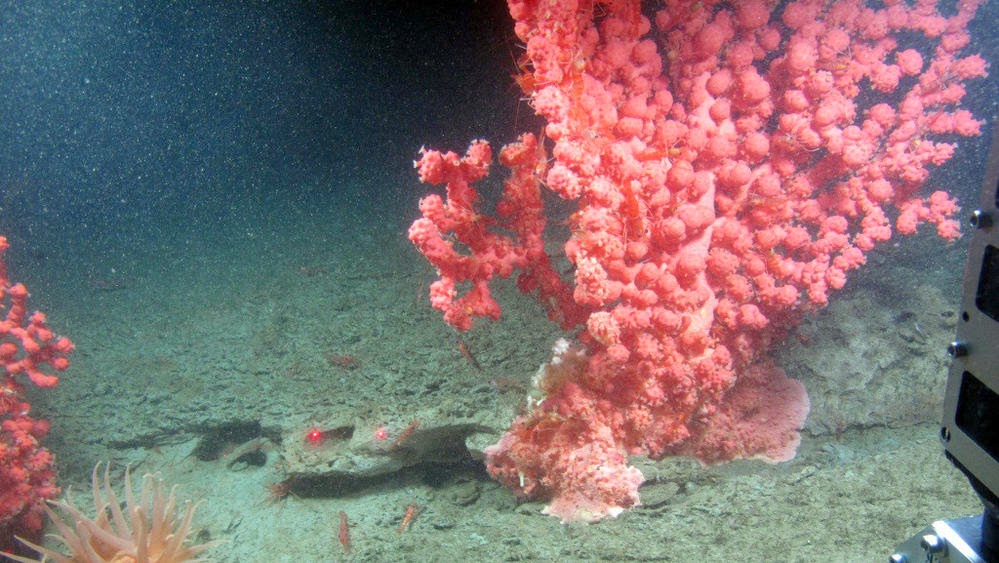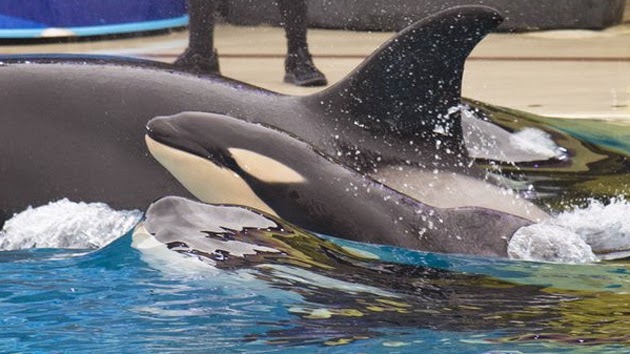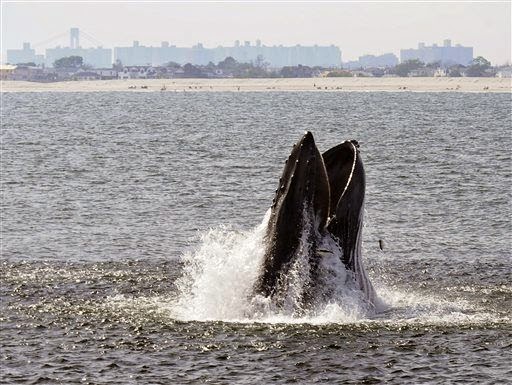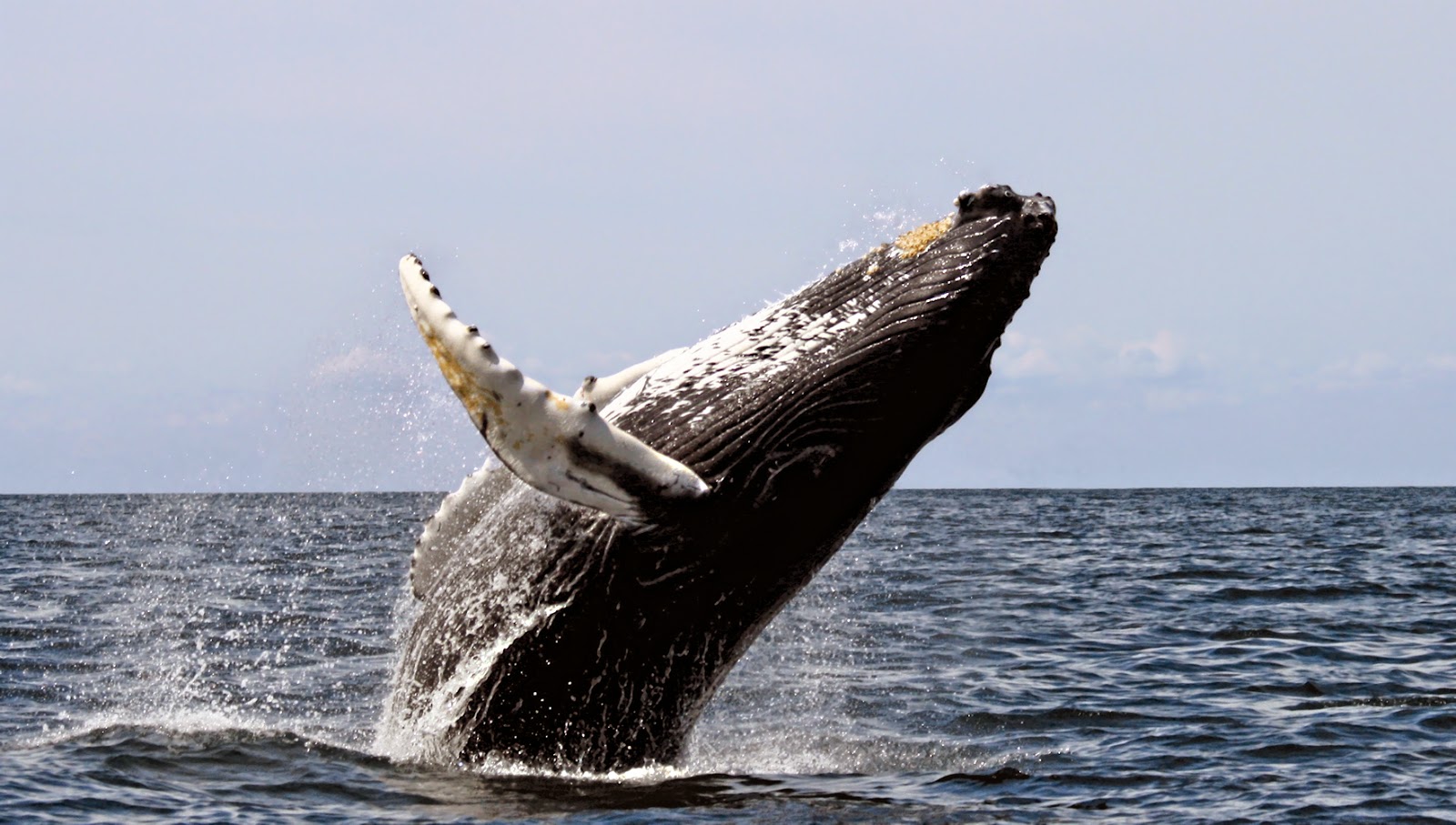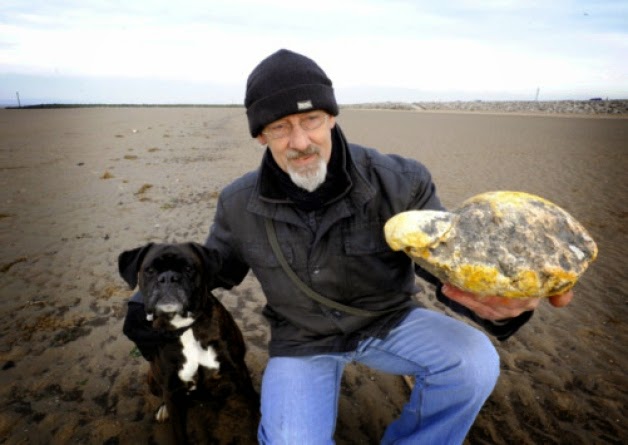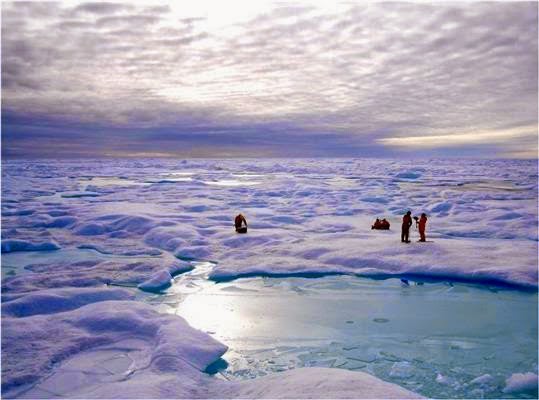The most comprehensive study to date on plastic in the oceans estimates that the oceans now contain more than 5 trillion pieces of plastic, collectively weighing nearly 270,000 tons. While large pieces like plastic bags and fishing lines can kill seabirds, seals, and turtles outright, most of these pieces are “micro plastics” measuring less than 5 mm, which are ingested by fish and move up the food chain. Chemicals in the plastics, along with the pollution they attract, cause damage to all species in the food chain – including humans. Read more…
It should come as no surprise that the ocean plays a role in weather on land. Researchers at NOAA have identified a pattern of ocean temperatures that may predict the formation of a high-pressure ridge off the California coast that blocks winter rainstorms from moving inland. Read more…
Mother Jones has investigated claims on Sea World’s website that by keeping orcas in captivity, Sea World “[creates] a controlled setting for science that is impossible to replicate in the wild.” This talking point doesn’t stand up to scrutiny. Sea World’s contribution to scientific study of captive whales has been minimal, and study of orcas in the wild has made big strides. Read more…
5. More Humpback Whales Sighted in NYC Waters
Humpback whales have recently been spotted within a mile of the Rockaway peninsula, part of New York’s borough of Queens. In 2012 there were 15 sightings by whale-watching boats; in 2013, 33, and in 2014, 87, with 19 different humpbacks identified. Some think the whales’ return is a result of cleaner waters. Read more…
A Japanese construction firm has unveiled a plan for a $25 billion deep-sea eco-city that it aims to build by 2030. The concept, called Ocean Spiral, is designed to house 5,000 people and would produce electricity through ocean thermal energy conversion. It would also have fish farms and produce desalinated water using hydraulic pressure. Read more…
A study published in Marine Mammal Science reports that orcas in the waters off Western Australia may prey regularly on humpback whale calves, and that humpback “escorts” help mothers protect their calves from attacks. Read more…
A man in Angelsey, Wales, has found what may be ambergris, a rare substance vomited by whales. This solid, waxy, flammable substance, produced in whales’ intestines, acquires a sweet scent as it ages and was formerly highly sought after by perfumers. Now it has largely been replaced by synthetics, and its possession and trade is prohibited in the U.S. by the Endangered Species Act. Read more…
11. Sea Ice Studies Give Glimpse of Our Future
A recent study on the historic emergence of ice in the Arctic Ocean offers new insight into urgent climate issues as today’s sea ice shrinks. “We have not had an ice free period in the Arctic in 2.6 million years,” says one of the study’s authors, Jochen Knies. “However, we may see it in our lifetime.” The knowledge will improve future climate models and help us understand what kind of climate to expect by the end of this century, when the Arctic is likely to be completely free of ice. Read more…


